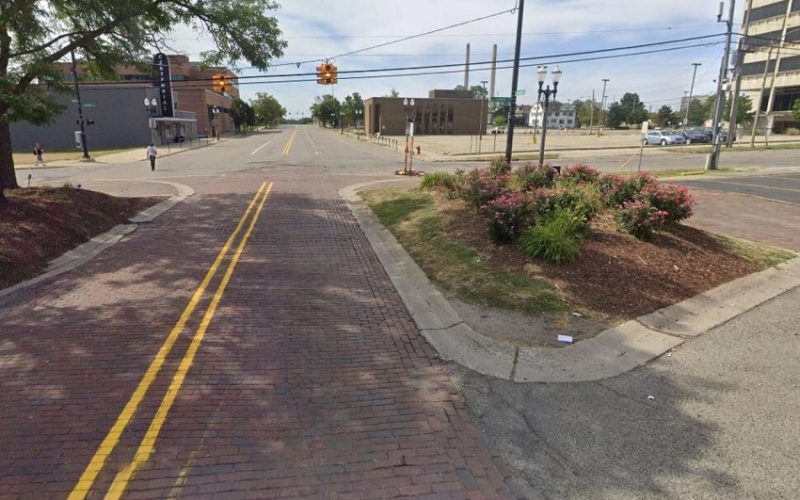LANSING, Mich. – The future of the historic brick streets of Washington Square in downtown Lansing is uncertain as the city plans major construction work in 2026. The bricks, which stretch from Allegan Street to Lenawee Street, have long been a symbol of the area’s history, but their condition is now raising concerns about their practicality and preservation.
For years, the bricks have been a point of pride for Lansing, valued for their historical significance. However, many have become cracked and uneven, creating potholes and a bumpy ride for drivers. The foundation beneath the bricks is also showing signs of erosion, leading city officials to contemplate their removal.
Lansing Mayor Andy Schor acknowledged the historical value of the bricks but explained the challenges of maintaining them. “When a brick breaks, you have to dig it out, you have to put a new one in. It’s not as easy as filling a pothole,” Schor said, emphasizing the difficulty of keeping the streets in good condition.
The upcoming construction project in 2026, which will involve installing new sewer, water main, and steam lines, will disrupt much of the street. The work will extend from Allegan to Kalamazoo Streets on Washington Square, likely resulting in the removal of the bricks. Although the city has not yet made a final decision on the fate of the bricks, Mayor Schor indicated that, given the condition of the street’s foundation, it is probable the bricks will not be returned after the construction is completed.
“It certainly would be a lot smoother if we just paved it,” Schor admitted, referring to the possibility of paving over the area instead of replacing the bricks. While some residents and business owners support this change, others are advocating for the bricks to be preserved or repurposed in some way.
Danielle Hastings, owner of Sylvia’s Sudsery, expressed concerns about how the construction might affect her business but also supported the idea of removing the bricks. “Although in my opinion they are pretty, there’s a lot of downsides to the bricks,” Hastings explained. “I know customers that avoid the bricks like the plague.” She noted that the uneven surface has been a significant source of frustration for her patrons, many of whom prefer to bypass the area entirely.
On the other hand, some residents are keen to see the bricks preserved in some fashion. Jacquelyn Ward, a Lansing local, said she appreciates the aesthetic appeal of the bricks and hopes that, if they are removed, they could be memorialized. “I like that they’re there, and maybe if they are going to take them out maybe they do some memorial with them. Put them by the Capitol or something like that,” Ward suggested, highlighting the importance of maintaining the area’s historical charm.
While the city has not yet made a definitive decision, Mayor Schor assured the public that if the bricks are indeed removed, efforts will be made to ensure they are saved for those who wish to preserve them. “If we don’t put the bricks back, we will make sure that those bricks get in the hands of those that want to save that history,” he said.
As the construction project looms closer, the city is continuing to consult with stakeholders, weighing both the historical significance of the bricks and the practical needs of a modern downtown. The final decision on the bricks’ fate will come after careful consideration of both the community’s desires and the technical requirements of the construction.












